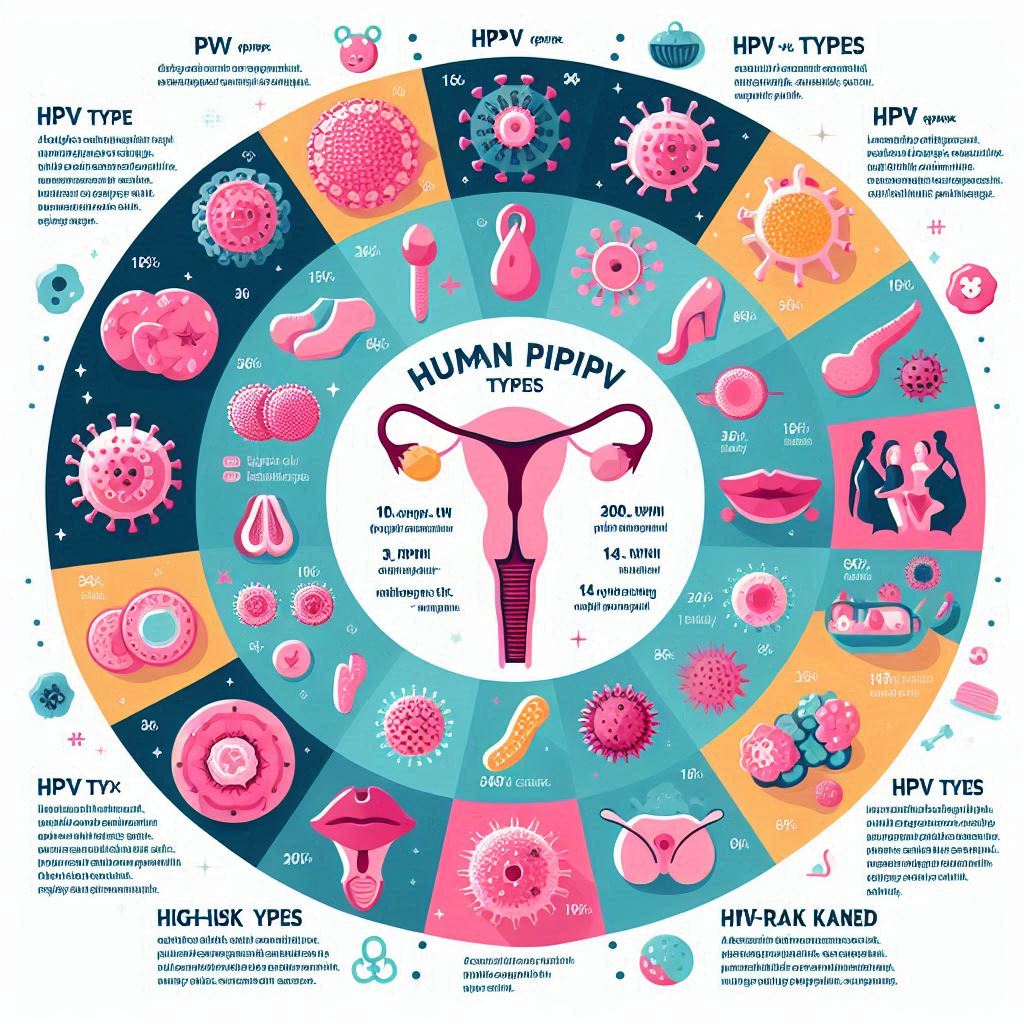Effective Family Interventions for Childhood Obesity Prevention
Tackling Childhood Obesity: The Role of Family Interventions in Early Childhood Childhood obesity prevention is a critical issue that affects millions of children worldwide. By promoting healthy eating habits and encouraging regular physical activity, we can help combat this growing epidemic. Creating environments that support active lifestyles and nutritious food choices is essential for fostering a healthier future for our children. In this article, we will explore effective strategies and tips for parents, schools, and communities to play a vital role in preventing childhood obesity. Childhood obesity is increasingly recognized as a pressing global health crisis, with an estimated 38.9 million children under the age of 5 impacted by overweight or obesity. This alarming statistic is more than just a number; it represents millions of children facing a higher risk of serious health conditions, including type 2 diabetes, cardiovascular diseases, and mental health issues like depression. The consequences extend beyond physical health, affecting educational outcomes and overall quality of life. Thus, addressing this issue early is critical—not only for the children affected but for society as a whole. Understanding the Root Causes Obesity in early childhood can be a complex issue influenced by a myriad of factors ranging from genetics to environment. Many may not realize that lifestyle behaviors, both healthy and unhealthy, can become established as early as 1.5 years of age. This persistence highlights the importance of early intervention. Caregivers play a significant role in shaping habits that can last a lifetime. The Role of Caregivers Engaging caregivers is crucial, as they influence children’s diets, physical activities, and sleeping patterns. By empowering families with education and resources to make healthier choices, we could significantly impact childhood obesity rates. Educational programs and interventions targeted at families can address nutrient intake and encourage physical activity, forming a well-rounded approach to obesity prevention. A Closer Look at Research Recent research aimed at assessing the impact of multicomponent family interventions has shed light on the effectiveness of these approaches. A systematic review conducted between January 2017 and June 2022 identified eleven randomized controlled trials (RCTs) focusing on family-based interventions aimed at preventing obesity in children aged 1-5. The studies evaluated various modes of delivery, including: The results, however, were somewhat disappointing. Most studies reported minimal significant effects on weight-related outcomes for children. Only two studies, one of which was an underpowered pilot, achieved notable positive results. This reality reminds us that finding effective solutions to childhood obesity will not be straightforward, despite our best efforts. Dietary Improvements Interestingly, while most interventions showed little effect on weight outcomes, seven of them significantly improved children’s dietary intake. This finding suggests that even if weight loss or management isn’t immediately evident, interventions can promote healthier eating habits. For example, a child who learns to prefer fruits and vegetables over sugary snacks may not show instant weight changes. However, these lasting lifestyle changes are crucial for long-term health and well-being. https://fuelforlife365.com/ Future Perspectives These findings raise important questions about how we design and implement family-based interventions going forward. For instance, moving forward, future research should consider: Also Visit Here Conclusion: A Collective Responsibility Childhood obesity is a multifaceted issue that requires collaborative efforts from families, educators, healthcare providers, and policymakers. The evidence suggests that while family-based interventions may not currently yield significant changes in weight management, they offer a pathway to instilling healthier dietary practices and behaviors. The journey toward preventing childhood obesity extends beyond immediate results. It’s about planting seeds of healthy habits that can flourish with proper nurturing over time. As caregivers gain the tools and knowledge to foster healthier environments, the battle against childhood obesity can come closer to being won, creating a healthier generation for the future. As a community, we must continue to advocate for research and programs that will effectively address these issues, ensuring that our children have the best possible start in life. After all, a healthy future begins with the choices we make today and the support we provide to our youngest generation.




